H-N-Me-L-Phe-HCl, also known as N-methyl-L-phenylalanine hydrochloride, is a valuable compound with a wide range of applications in biochemistry, drug discovery, peptide synthesis, and protein engineering.
Peptide Synthesis and Protein Engineering:
H-N-Me-L-Phe-HCl is a crucial component in peptide synthesis, especially when the introduction of an N-methylated phenylalanine residue is desired. Due to its chemical structure, it can be combined with other amino acids to form peptides or proteins with specific sequences and functions. These peptides or proteins may possess therapeutic potential, such as enzyme inhibitors, receptor antagonists, growth factors, and more.
Drug Discovery:
H-N-Me-L-Phe-HCl serves as an important building block for synthesizing biologically active peptides and proteins. By incorporating it into peptide sequences, bioactive peptides or proteins can be synthesized, which may serve as new drugs or drug precursors. For example, it may be used in the synthesis of antimicrobial peptides, antiviral peptides, antitumor peptides, and other therapeutically relevant molecules.
Biochemical Research:
In biochemical studies, H-N-Me-L-Phe-HCl can be used as a labeling reagent for peptides or proteins. Its introduction into the peptide chain allows for convenient tracking and detection of peptide or protein behavior and function. This is highly useful in studying protein-protein interactions, protein folding, protein stability, and other aspects of protein biochemistry.
Diagnostic Agents and Biological Probes:
H-N-Me-L-Phe-HCl can also be utilized in the synthesis of biological probes and diagnostic agents. Due to its specific chemical structure and modifiability, it can be used to label biomolecules such as antibodies, enzymes, or nucleic acids for applications in disease diagnosis, biological imaging, or drug screening.
Chiral Synthesis:
As a chiral compound, H-N-Me-L-Phe-HCl plays a crucial role in chiral synthesis. Chiral compounds are of particular importance in drug discovery as they often exhibit unique biological activities. By using H-N-Me-L-Phe-HCl as a chiral source, the chirality of peptides or proteins during synthesis can be controlled, leading to the production of bioactive products with desired activities.
 Building 12, No.309, South 2nd Road, Economic Development Zone, Longquanyi District, Chengdu, Sichuan, China.
Building 12, No.309, South 2nd Road, Economic Development Zone, Longquanyi District, Chengdu, Sichuan, China. amy@enlaibio.com / cynthia@enlaibio.com / edison@enlaibio.com / daisy@enlaibio.com
amy@enlaibio.com / cynthia@enlaibio.com / edison@enlaibio.com / daisy@enlaibio.com +86 (028) 84841969
+86 (028) 84841969 +86 135 5885 5404
+86 135 5885 5404

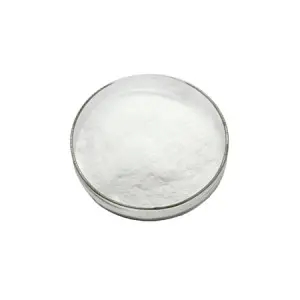
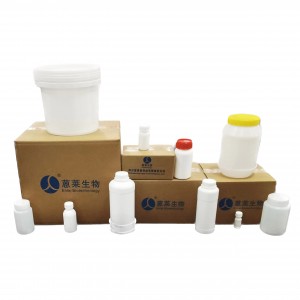
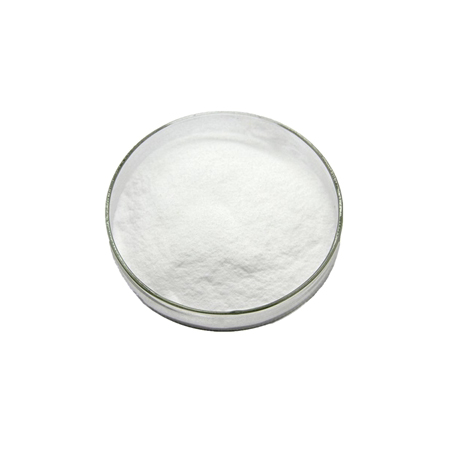
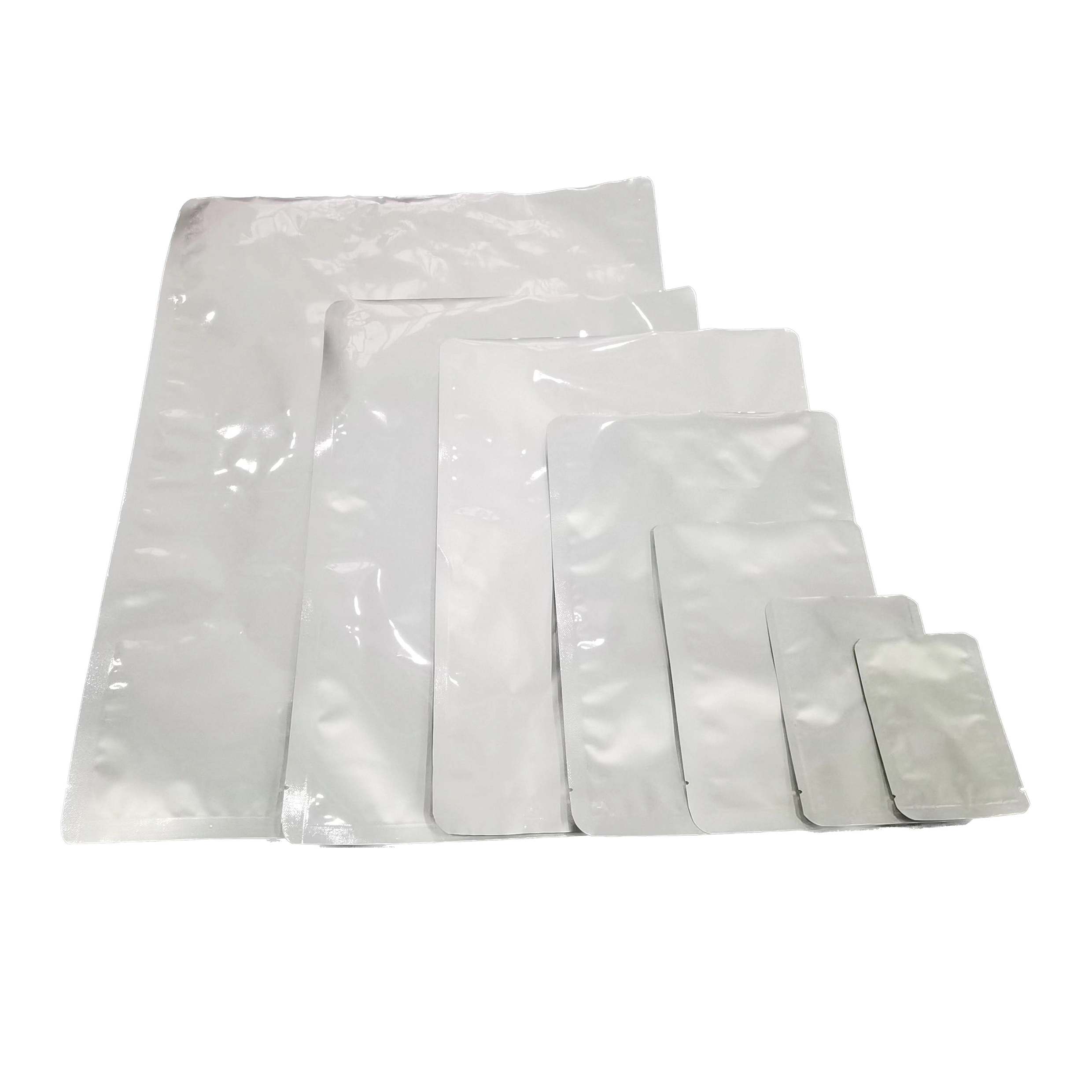
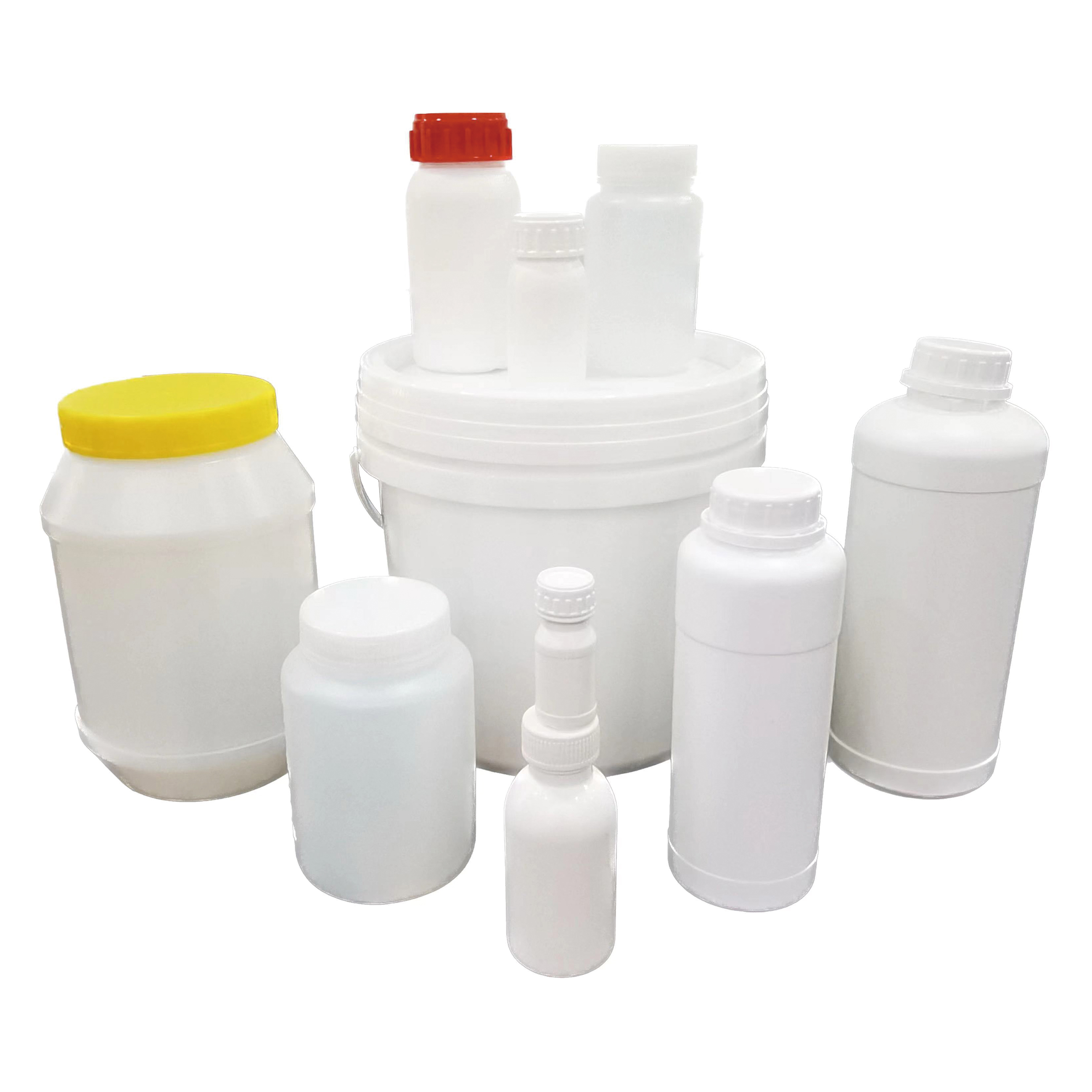
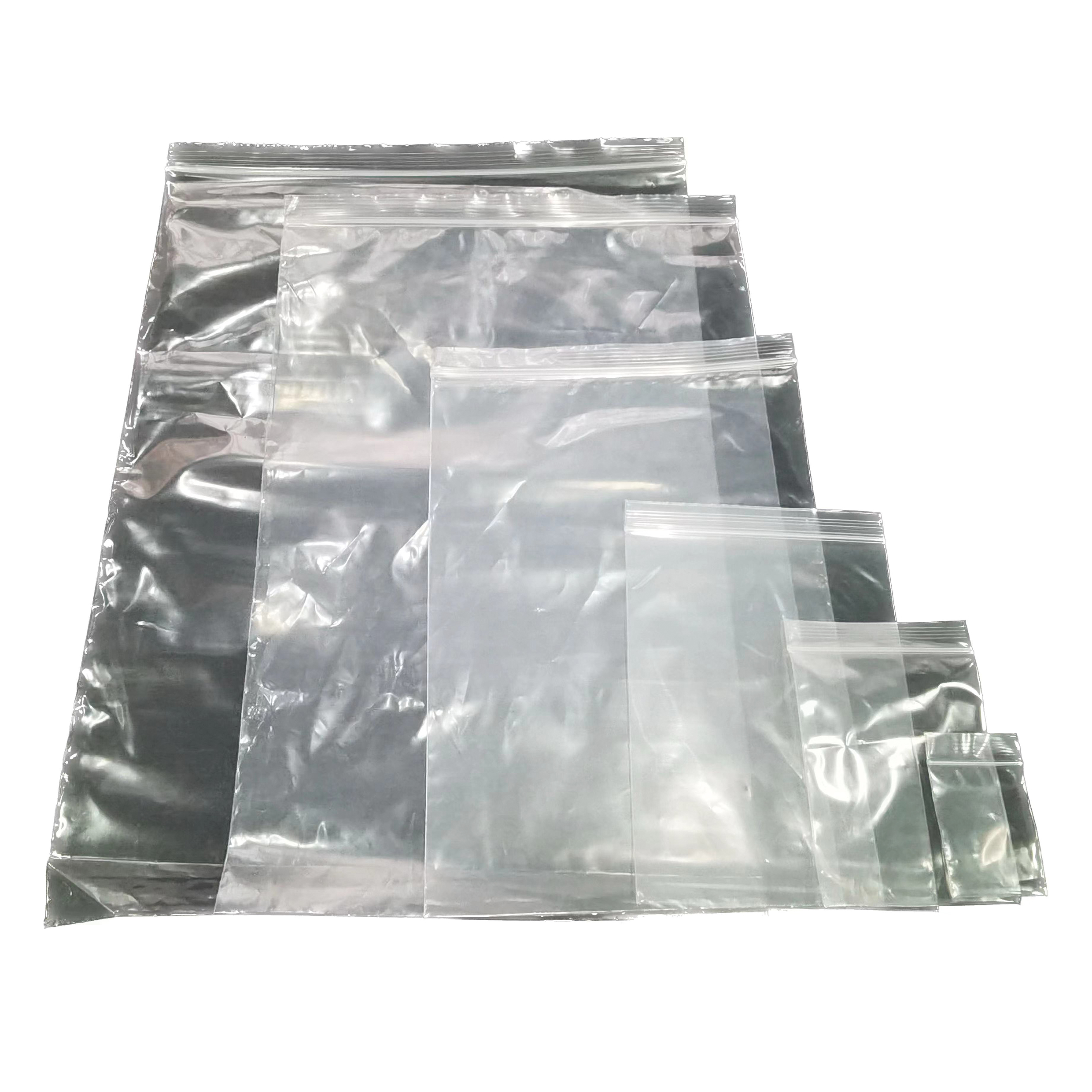
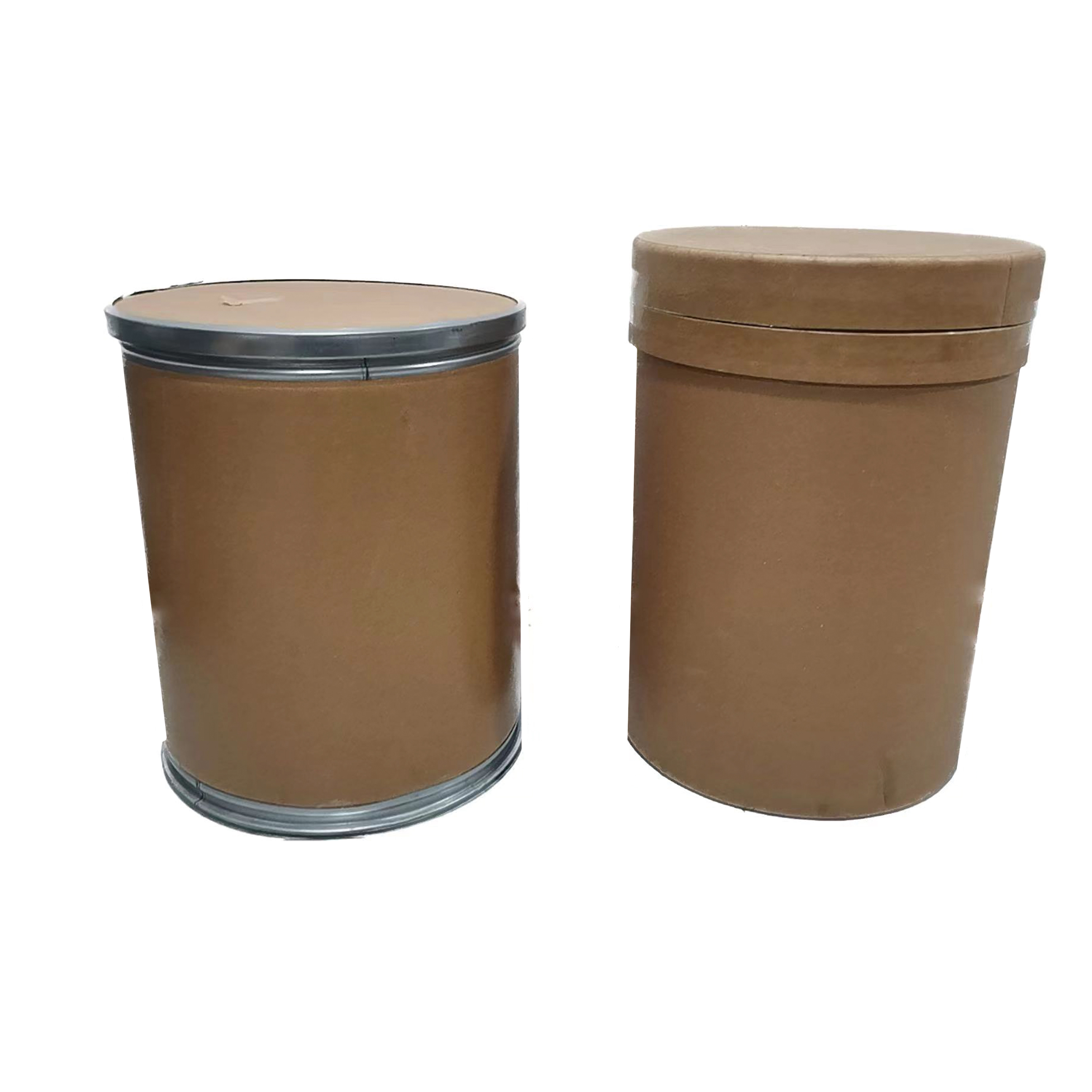



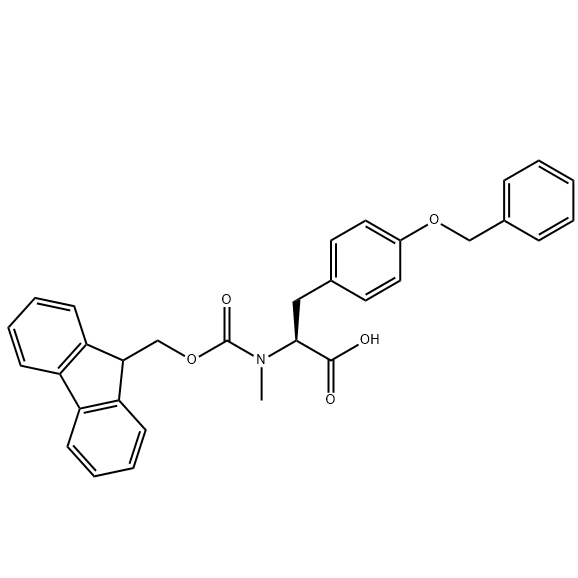
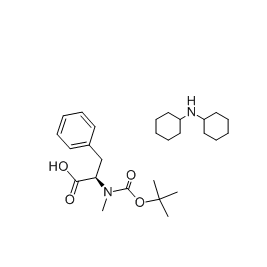
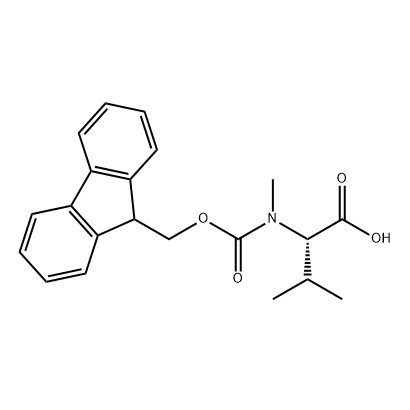
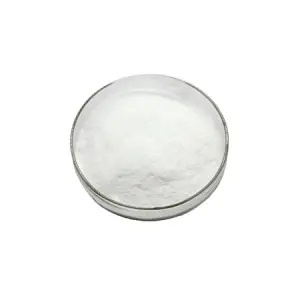
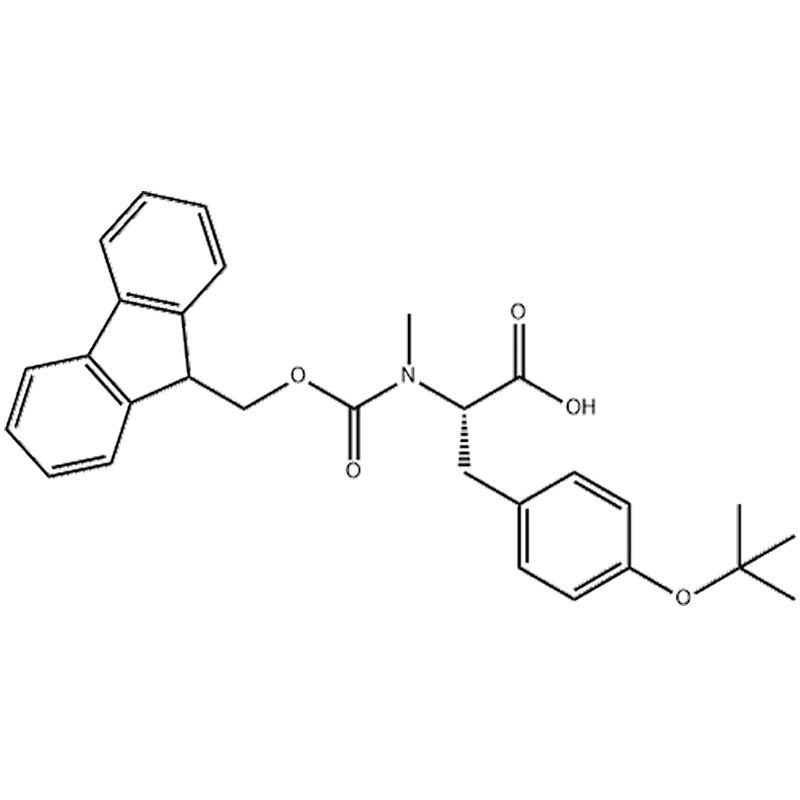




.png)


